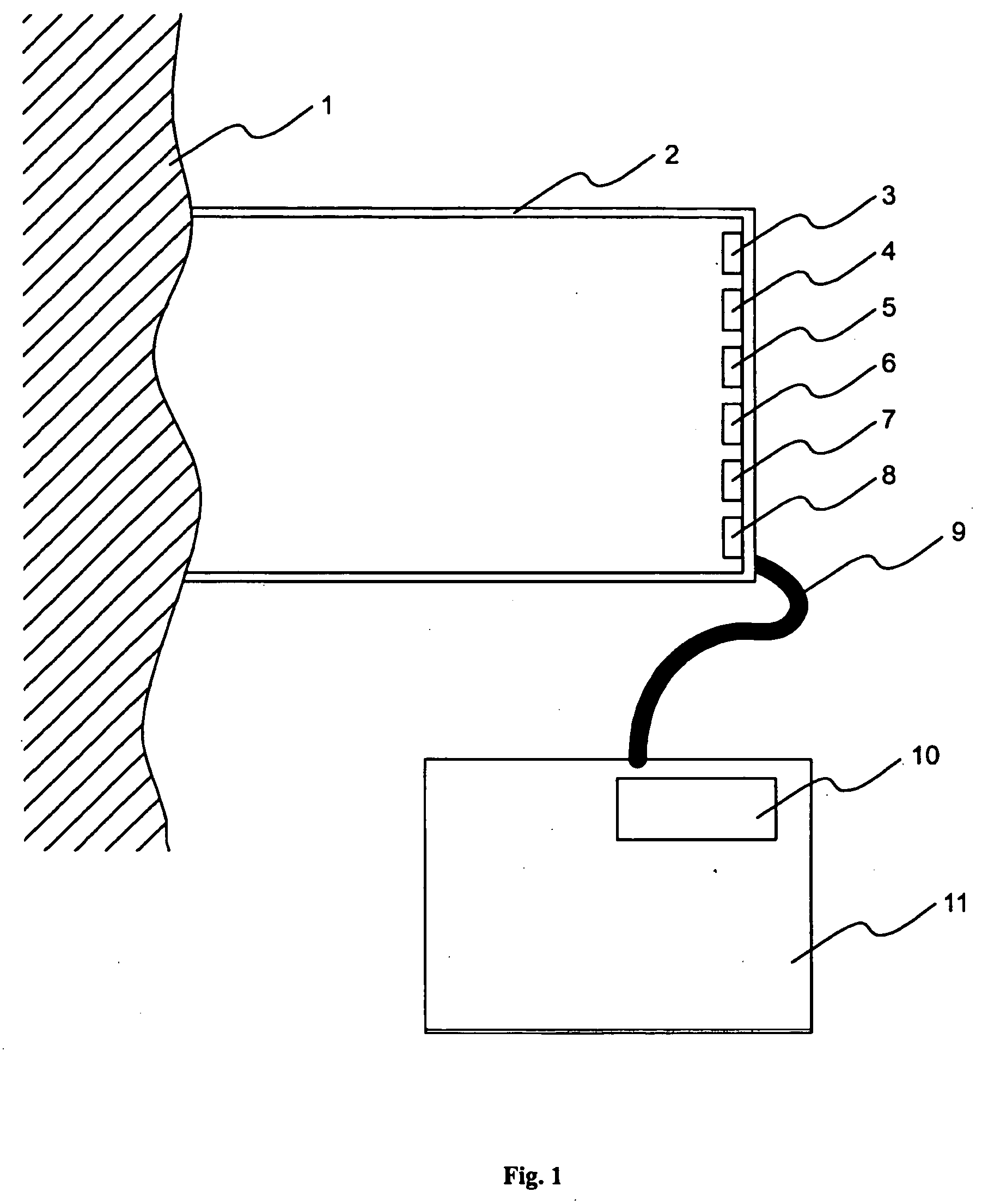ns. The light emitted by each of these systems is very intense and poses a
hazard to both the operator and pati
ent. Undesired or unexpected emission from these systems can cause
blindness,
skin damage (when cooling mechanisms are not properly applied prior to emission), and damage to furniture, clothing, or other unintended
targets. The sale of each of these systems is restricted by the United States
Food and Drug Administration (FDA), and the safety of treatments performed by these machines relies on a well-trained operator to determine if conditions are satisfactory for emi
Just as with the FDA restricted systems described above, hazards posed by inadvertent emission from these direct-sale to the
consumer products include
thermal damage to the eye that may cause
blindness, ignition of upholstery or clothing, or in the case of devices that could treat
acne with blue or
near ultraviolet (U.V.)
radiation, unwanted chemical damage to the eyes.
However, products that are sold directly to consumers for in-home
self treatment must be inexpensive, reliable, and small, and uncomplicated to use.
However, a mere
contact sensor can be easily fooled by surfaces other than skin.
Typically these systems deliver greater than 10 J / cm2, in time periods from about 5 ms to 500 ms, with optical emission powers typically in the range from 500 W to 2000 W. These devices are generally hazardous and are not appropriate for use by untrained personnel and their sale is often restricted to physicians.
Of Tokyo, and lower power blue LED devices for the treatment of
acne have become available but have questionable
efficacy or require long treatment times for use.
While these lower power systems do not require any features or devices to ensure safe use by the
consumer, the
trade off is questionable
efficacy.
A
consumer based device that is more efficacious, however, would require higher output power levels, would be inherently hazardous, and would benefit greatly from devices that would ensure safe use.
Higher power consumer models, in general, are not currently available on the market not only because of safety concerns, but also because a small, reliable, inexpensive, and self-contained device, that can be conveniently used and stored by the average consumer is not easily conceived.
Since the optical properties of diseased and non-diseased skin can be expected to be much more subtle than the differences between the optical properties of skin and other materials such as plastic, textiles, or air, the light sources and detection systems used for these apparatuses are big, complex, and expensive.
In addition to being large, complicated and expensive, the method involves obtaining a “baseline” spectral remittance from the individual's skin that is being analyzed.
Obtaining a personalized baseline for each user of a dermatological device is unpractical.
Although the device that is described has a means for radiating the skin and detecting the reflectance, and it is believed that there is no disclosure of a means for measuring the reflectance as a function of
wavelength.
It is believed that method and the device described do not measure the spectral reflectance of the skin, are not used to differentiate skin from other materials and it is not used to inhibit the delivery of
therapeutic radiation.
The
detector (imager), and a processor capable of manipulating the image data are relatively complex and not appropriate for use within a handpiece of a dermatological treatment device.
However, a method or device suitable for discriminating skin from other materials that requires only one optical diagnostic that is simple, small, inexpensive, and reliable is not described.
In summary, the current state of the art for home-use radiative therapeutics is limited to lower power devices of questionable
efficacy.
Safety features are not a concern in current home-use treatment devices because of their low output levels.
Safety features in higher-power treatment devices for use by physicians are basic or not present because of the assumption that use is limited to trained, skilled operators.
Otherwise, the current state diagnostics rely on more complicated, and expensive techniques that involve the use of large, expensive, and complex spectroradiometers and spectrophotometers not well suited for use in a device intended for use by untrained and unskilled persons for self-treatment.
 Login to View More
Login to View More  Login to View More
Login to View More 


